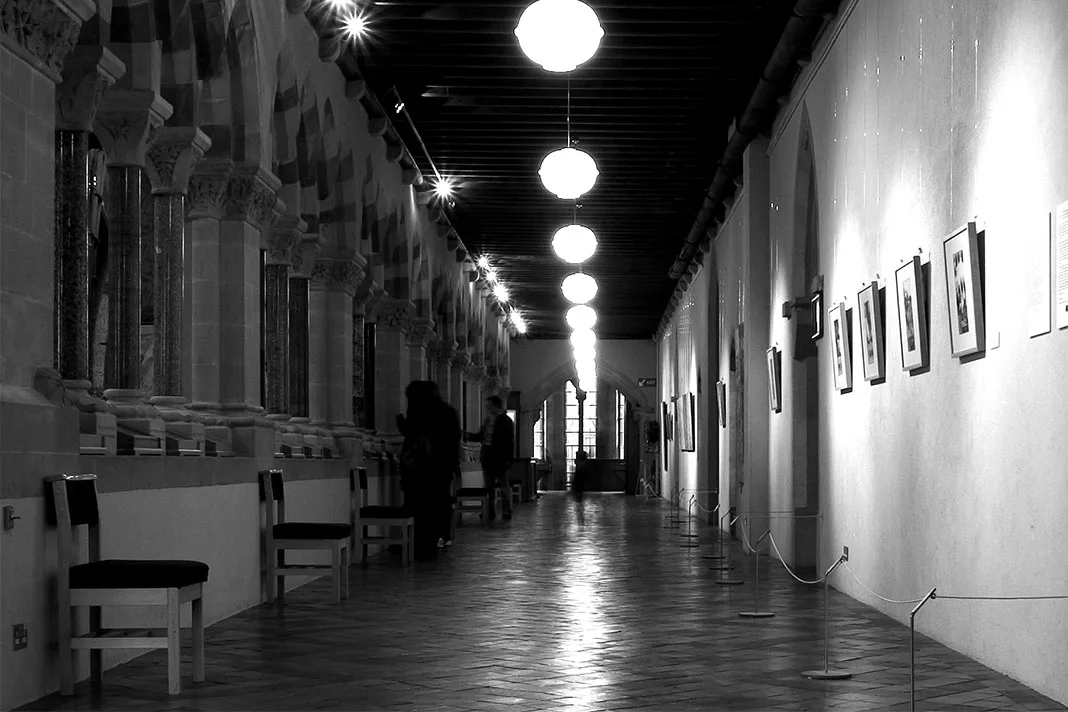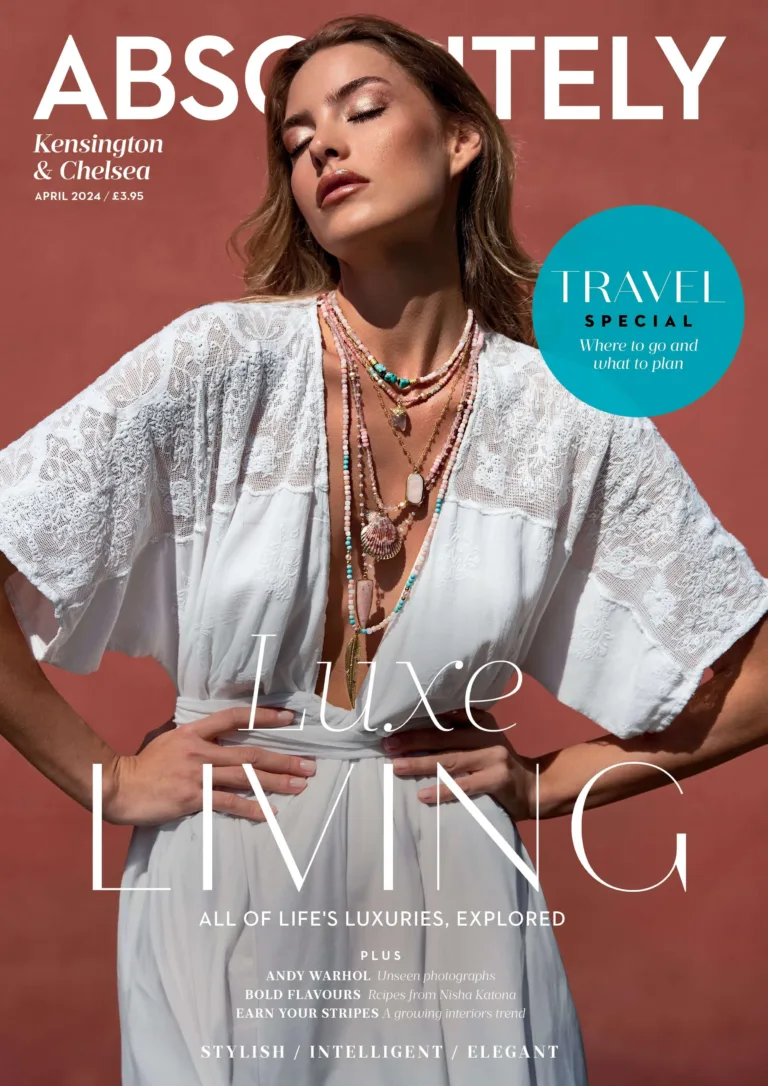Words Patrick Hamilton Courtney
Deciding what to buy can be tricky. There are all different kinds of visual art for sale, some of which are better suited to beginners than others. Quality is often dictated by price, but there are ways around this. For example, costs can be kept down by picking limited edition prints instead of paintings, or buying from lesser known artists.
Below we have outlined the main forms of artistic production that you’ll find for sale on the art market. We haven’t included any new media such as video art and installations as these are much less commonly acquired for private collections. Many important or specialised collections focus on only one kind of art. But for collections intended on being displayed in the home, a mix of various media often achieves the best aesthetic results. All of them have their pros and cons, which are worth taking into account before making a purchase.
PAINTING
Pros: Painting on canvas or board, along with sculpture, is traditionally considered the highest form of visual art. Many of history’s most famous artists favoured the medium. As paintings are usually one off unique pieces, they have an intrinsically higher value. The physical nature of paintings, such as the texture of paint on canvas, gives them a presence that other art forms cannot replicate. In general, paintings are taken more seriously than most other art forms.
Cons: Painting tends to be expensive. Works by famous or well-known artists will often be prohibitively expensive. A way around this is to buy from emerging artists whose prices will be lower. But still expect to pay four figures for an excellent work by a graduate artist. Painting is usually best suited to those more serious about collecting, as even unheard of artists may command very high price tags for poor works.
SCULPTURE
Pros: As painting’s high-brow twin, sculpture also holds high regard in the art world. Sculpture traditionally was of stone or bronze, but today there are many new materials that have made it easier for artists to engage with. These new materials generally have lower prices, and have helped to democratise the art form. Beautiful works of sculpture can have stunning visual impact and hold huge aesthetic gravitas.
Cons: In general, sculpture is still extremely expensive. Although works in plastic, clay, metal etc tend to have lower price points, the traditional media of stone and bronze are out of reach for most. Nevertheless, smaller works tend to be more reasonable and many sculptures by talented but unknown artists can be found. It’s also worth bearing in mind how sculptures will be displayed, as most are not wall mountable.
WORKS ON PAPER
Pros: Works on paper are a respected artistic medium, including drawing, water colours, photographs, and prints. They generally have lower price points than canvas painting and sculpture, and so are well suited to beginner collectors.
Cons: Works on paper aren’t considered as prestigious as canvas painting and sculpture, though don’t let this put you off. It is important to establish the provenance and scarcity of a work on paper. If it is a drawing or water colour it is probably a unique work. Photographs or prints on the other hand are usually part of an edition, which should always be signed and numbered by the artist. Which leads us to…
PRINTS AND LIMITED EDITIONS
Pros: Printmaking is a fantastic and ancient art form. Many highly successful artists create prints and limited editions allowing those with smaller budgets to access their work. Though it does not hold as much status as painting, it is usually how new collectors begin acquiring fine art. Printmaking includes the practises of screen-printing, woodcuts, lithography, etchings, engravings, linocuts, and many others. Some prints are one-offs, but usually they are produced as part of a limited edition. Always check that works have been properly signed and numbered.
Cons: Some prints are more respected than others. As printmaking is supposed to have an element of originality to it, the above mentioned methods are most desirable. Prints with lower edition numbers usually hold their value better, though worth is mainly decided by the reputation of the artist.
A relatively recent addition to printmaking is the “Giclee print” which is essentially a high quality inkjet printer. Giclees are often used to reproduce existing works by photographing and then printing them, and this is widely thought of as undesirable. An exception is art made on computers, for which digital printing is the only way of materialising the work.
STUDIO CERAMICS
Pros: Though ceramics are fairly low in the art world pecking order, studio ceramics are changing that. These works challenge the notion of pottery as purely functional, with numerous contemporary ceramicists creating sculptural and abstract forms that cannot be thought of as craft. For those who admire the 3D presence of sculpture but can’t afford the hefty price tags, studio ceramics are an excellent alternative.
Cons: Although ceramics are substantially more affordable than sculpture, the best works are still expensive. The resale market is also tricky to navigate. Although some makers with excellent reputations achieve high prices at open auction, ceramics are not the best art form for those primarily motivated by investment opportunities.
Read about the basics of art collecting in Part 1.







